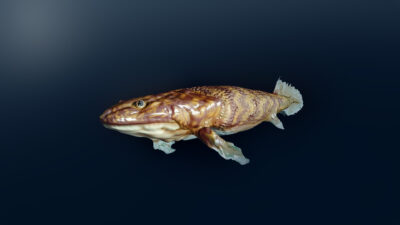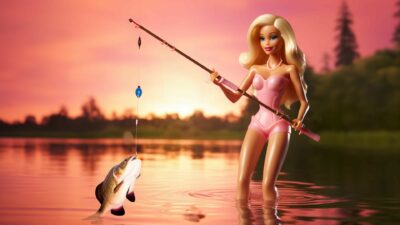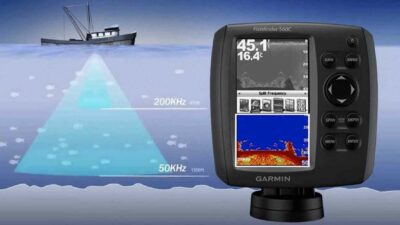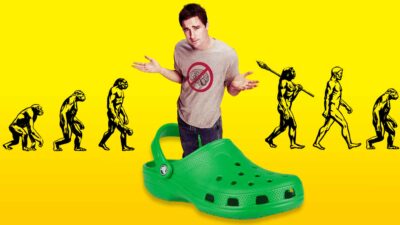Did the human evolution of hands start with fish? A new study published in the journal Nature has upended the prevailing theory on the evolution of fingers and toes. The study, led by researchers at Uppsala University in Sweden, found that rudimentary fingers were already present in the fins of a fish-like creature that lived 380 million years ago.
The study focused on a species of fish called Panderichthys, which was a transitional form between fish and tetrapods. Tetrapods are four-limbed vertebrates, including amphibians, reptiles, birds, and mammals.
Previous research had suggested that the first creatures to develop primitive fingers were tetrapods, which evolved from fish some 10 to 20 million years later. However, the new study found that the fingers of Panderichthys were already present in a rudimentary form.
Rudimentary fingers found in 380-million-year-old fish #evolution #fingers #toes #humanhand #tetrapods #Panderichthys #science #research Share on XExamining Panderichthys Fossils Using CT Scanners
The researchers used a CT scanner to image the internal skeleton of a Panderichthys fossil. The scans revealed that the fish had four stubby bones at the end of its fin skeleton that were arranged in a finger-like pattern. These bones, called distal radials, are the precursors to the fingers of tetrapods.
The discovery of rudimentary fingers in Panderichthys suggests that the genes that control the development of fingers evolved in fish much earlier than previously thought. This finding could help scientists to better understand the evolution of tetrapods and the transition from water to land.
Better Understanding The Evolution Of Hands Through The Evolution Of Fish
The study’s findings have implications for our understanding of human evolution and the evolution of fingers and hands in general.
Panderichthys, a fish-like creature, has distal radials that are very similar to the fingers of early tetrapods. This suggests that the basic plan for the human hand was already present in these creatures. This finding provides further evidence that the human hand evolved from the fins of fish.
The study’s findings are a significant advance in our understanding of the evolution of fingers and toes. They provide new insights into the origins of the human hand and the evolution of digits in general.
Scientists Discover Rudimentary Fingers in 380-Million-Year-Old Fish #evolution #fingers #toes #humanhand #tetrapods #Panderichthys #science #research Share on X
Frank Wilson is a retired teacher with over 30 years of combined experience in the education, small business technology, and real estate business. He now blogs as a hobby and spends most days tinkering with old computers. Wilson is passionate about tech, enjoys fishing, and loves drinking beer.




























 Emailgate: Sarah Palin’s Yahoo Email Account Gets Hacked Right Before The 2008 US Presidential Election
Emailgate: Sarah Palin’s Yahoo Email Account Gets Hacked Right Before The 2008 US Presidential Election
Leave a Reply